Where is Samburu national park situated?
Samburu National park is situated along the Ewaso Nyiro River at the southeastern corner of the Samburu District in the Northern part of Kenya. It is one of the most popular national reserves in Kenya regardless of its small natural size.
How big is Samburu national park?
The park is one of the smallest national parks in the country. It covers about 165 square kilometres of the total surface land area.
What makes Samburu national park unique?
The popular Ewaso River on the border separates Samburu with the Buffaloes Spring National Reserve. Samburu National Park is one of the under-utilized and less visited national parks in the country. It still remains popular in the northern part of Kenya due to its wilderness experience.
The park’s proximity to the Ewaso River is better and has since provided drinking water to the wildlife of Samburu.
Cultural encounters in Samburu national park.
The park acts as a traditional homeland for the indigenous Samburu people whose villages border the reserve. The magnificent River of Ewaso provides drinking water to these animal herds.
Samburu national park famous story
Samburu National Reserve is also uniquely famous as once a home for another renowned lioness. It is known as Kamunyak ( blessed one ) who was popular for having adopted about 6 oryx calves. She fought off predators who were a threat to its young orphans as seen in the “Heart of the lioness” film.
The book and movie “Born Free” also originated from this particular national reserve. It tells a story about “Elisa the lioness” who was nurtured and raised by Joy Adamson.
WHAT TO SEE IN SAMBURU NATIONAL PARK?
The magnificent park is popular for its rich wildlife in rare northern specialist species. They are known as the Samburu special 5 and these include the Beisa Oryx, Somali Ostrich, Reticulated giraffe, Grevy Zebra, and Gerenuk. The Samburu bird life is exceptional and the park attracts about 450 different bird species. These include taita falcon, lesser kestrei and vulturine guinea fowls.
Other bird species in this national reserve may include falcon, eagle, egret and Somali ostrich.
Animals in Samburu national park
Herds of elephants of about 900 in number can also be sighted while at Samburu. Wild dogs, lions and leopards can also be seen in the park. The national reserve also shelters the critically endangered pancake tortoise known as Malacochersus tornier.
TOUR ACTIVITIES IN SAMBURU NATIONAL PARK
Game viewing
Samburu’s climate and geography favor a lot of wildlife. Especially during the dry months of the year. Game drives in this national reserve are done in 3 sessions. Depending on the visitors’ choice, one may opt for the Morning session, afternoon session or night session.
The night session will enable visitors to have a rare chance of encountering nocturnal mammal species.
Big five mammals including buffaloes, rhinos, elephants, leopards and lions can be spotted during the game drives in Samburu.
Cultural visits to the Samburu people
This is one of the breathtaking experiences while at Samburu National Reserve. The Samburu people settles on the boarders of the national reserve. While at Samburu, visitors can visit their traditional homes also known as “Manyatta”. They are dominated by historical rock art and also learn about their lifestyle. The Samburu people are believed to the the cousins of the Masaai people.
Bird watching at Samburu
Samburu national reserve is one of the best birding destinations in Kenya and several bird species can be sighted including the Egyptian vulture, white-headed mouse bird, kori bustards, falcon, eagles, egret, to mention but a few. There are about 450 different bird species recorded in the park.
BEST TIME TO VISIT SAMBURU NATIONAL PARK
Even though the iconic Samburu can be visited throughout the whole year, the dry season of the year remains a great time for all tourism activities in the park. These thrilling activities may include game viewing, hiking safaris, nature-guided walks and more.
The dry period of December to March and July to October is when the lush vegetation dries out hence providing spectacular views of the Samburu’s exceptional wildlife.The trails are also easily accessible during this particular period and unlike the wet season when they are muddy and slippery, hence making certain tourism activities like nature walks, game driving more challenging.
Why should you visit Tanzania during the dry season?
It is during the dry season that wildlife in Samburu tend to congregate on the only remaining water source of River Ewaso for drinking water hence offering visitors clear views of the wildlife of Samburu National Reserve. GET A FREE QUOTE NOW

